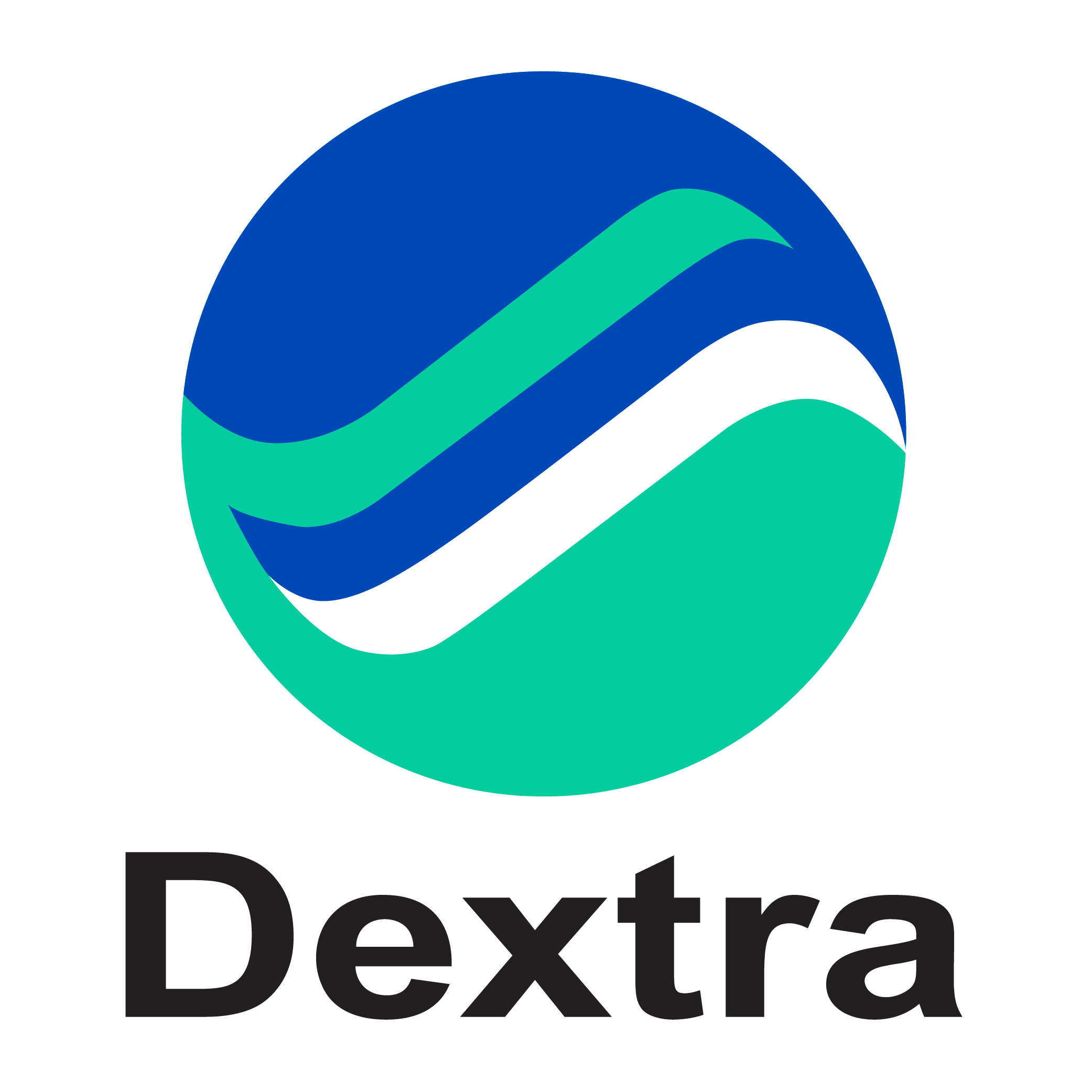Cairo Metro Line 4 – Phase 1
The Cairo Metro is a rapid transit system in Greater Cairo, Egypt. It was the first of three fully-fledged metro systems built in Africa, as well as the first in the Arab world. It began service in 1987 as Line 1 between Helwan and Ramsis Square, covering a distance of 29 kilometers.
The Cairo Metro currently has 74 stations, 3 of which are transfer stations, with a total length of 89.4 kilometers as of August 2020. There are three operating lines in the system.
The new line, line 4, will run from Makram Ebeid Station to Police Academy Station near the Ring Road, with bored tunnels following Doctor Hassan El-Sherif Street and Ahmed El-Zomor Street. It will be 24 kilometers in total length.
Construction began in Q3 2019 and is expected to be completed in 2024.
Dextra has supplied 450,000 Bartec+ couplers and 42 GFRP soft-eyes for the reinforcement of the diaphragm walls.
Bartec+ is a mechanical splicing system with parallel threads for connecting concrete reinforcement bars with diameters ranging from 12 to 50 mm (ASTM #4 to #18). The threaded rebars are tensile tested at 90% of the rebar yield strength.
Dextra’s GFRP soft-eyes solution is an integrated turn-key solution that uses cut-able Glass Fiber Reinforced Polymer (GFRP) reinforcement as an alternative to traditional steel rebars, allowing the penetration of Tunnel Boring Machines (TBM) to pass through diaphragm walls with ease.












